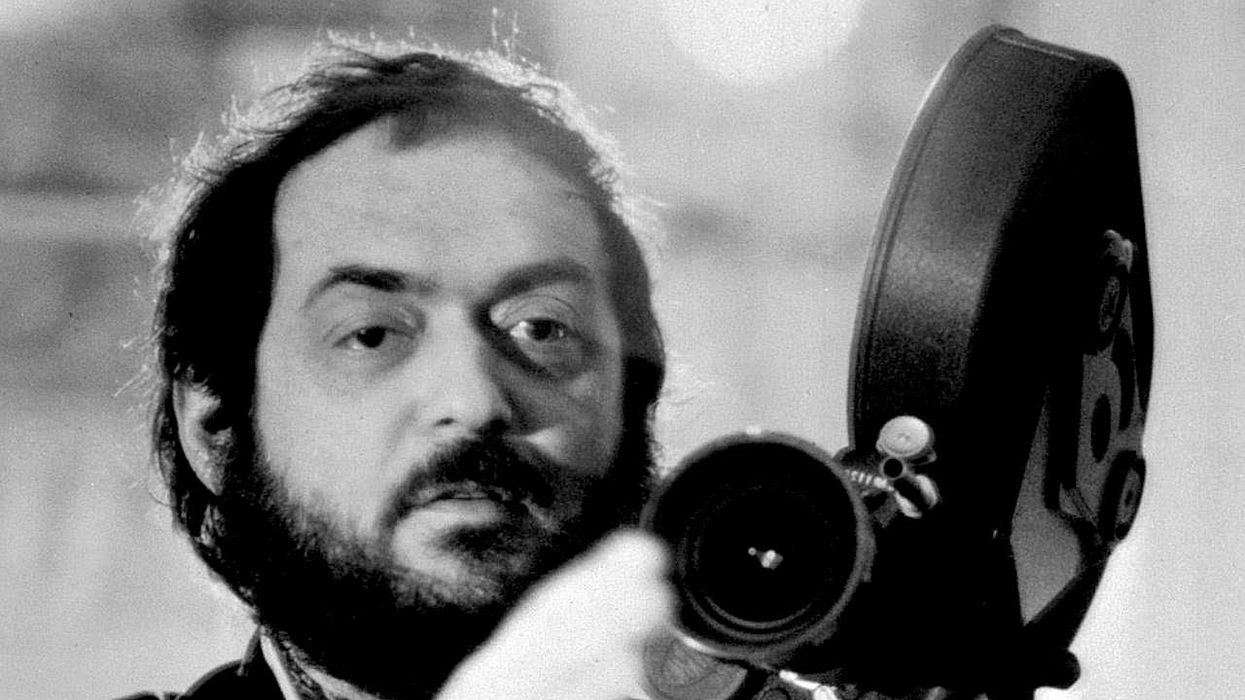Why Lens Choice Matters for Cinematographers
How do you choose the right lens for the scene? Let's find out.

When you're planning to shoot so much goes into the planning. Cinematography has to look great, tell the story, and not be too overbearing. It's not just about the camera you pick to shoot on, but also the lenses.
Lens choice is a fundamental decision made when shooting a film. Focal length can change a shot or the entire mood of a movie. By going over the basics of lenses, we can learn the psychological impact they can have on how an audience interprets a story.
Check out this video from In Depth Cine and let's talk after the jump!
Why Lens Choice Matters for Cinematographers
Have you ever been watching a movie and felt like the visuals were mirroring the way you were feeling inside, or maybe they were influencing you? Lense choice is the cinematographer's secret weapon.
Choosing the right one sucks you into the movie.
Choosing the wrong one can leave you lost in the sauce.
Lenses are classified by a few things:
- Focal Length
- Stop/Iris
- Focus
There are two kinds of lenses:
- Zoom
- allow the operator to alter the focal length
- Prime
- (fixed focal lengths)
- Aperatures
Focal Length
This is a number associated with the optical power, or how magnified a lens can be. I wanted to go over why cinematographers choose certain lenses as well.
Wide angle
- Focal length: Full-frame around 24-40mm; APS-C 15-24mm; Four-thirds 10-17mm
When you stay wide, you get more than meets the eye. you can see everything happening in the frame.

Standard
- Focal length: Full-frame around 50mm; APS-C around 35mm; Four-thirds 20-25mm
Standard lenses are equal to the human eye. Nothing exaggerated.

Medium telephoto or ‘portrait’ lens
- Focal length: Full-frame around 85-100mm; APS-C around 50-60mm; Four-thirds 35-50mm
This places the focus on the character and blurs out the background. This isolates the subject.

Telephoto lens
- Focal length: Full-frame, 135mm and above. APS-C 85mm and above. Four-thirds, 60 and above
The higher the focal length, the more isolated the characters will feel.

Ultrawide
- Focal length: Full-frame less than 24mm; APS-C less than 16mm; Four-thirds less than 10mm
Going ultrawide gives us even more than a human can naturally see, expanding our point of view and giving us an understanding of distance.

So what did we learn?
Generally speaking, we use wider lenses for wider shots and so on. But rules are made to be broken. Many cinematographers use the basic knowledge of the lenses above and manipulate them for the story.
What are some of your favorite lenses? And some of your favorite cinematographers breaking the rules?
Let us know in the comments.
Up Next: Tarantino Takes a Swing at John Ford!
In Quentin Tarantino's latest wonderfully written piece for the New Beverly blog, he covers the legacy of Peter Bogdanovich, the influence of John Ford, the impact of films like Paper Moon, The Grapes of Wrath, and Last Picture Show. Along the way, he takes a few shots at Ford.
Are you curious about split diopters? In this post, we break down just how you can use them even as a more novice filmmaker!














